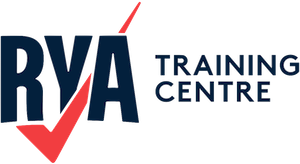Glossary Archive
Small Vessel Electronic Chart Systems
Electronic navigation standards for commercial vessels less than 24m . Equipment meeting the requirements of this performance standard is accepted by the Maritime and Coastguard Agency as a suitable arrangement which satisfies the chart carriage requirements stipulated within SOLAS Chapter V/19 for vessels for which MGN 319 (as amended) applies. This standard is not accepted...
Snatch
Jerk caused by too short an anchor cable in a seaway; To take a turn quickly around a cleat, bollard or Samson post
Snug Down
To prepare for heavy weather by securing all loose gear
SOG
The actual speed your vessel is tracking over the seabed
SOLAS
An international maritime treaty that sets minimum safety standards for ship construction, equipment, and operation. Its primary goal is to ensure the safety of life at sea by regulating various aspects of maritime safety, including ship design, fire protection, navigation equipment, lifesaving appliances, and emergency procedures. SOLAS applies to all commercial ships engaged in international...
SOLAS V
Chapter V of SOLAS (Safety of life at Sea) refers to the Safety of Navigation for all vessels at sea. SOLAS V for pleasure craft SOLAS V contains regulations for vessels under 150 GT (gross tonnage) used for pleasure. Specific regulations for pleasure craft (less than 150 gross tonnage) The following regulations are the elements...
Sole
The floor of a cabin or cockpit
Sole boards
The vessel's floorboards. Can be lifted to gain access to the bilges.
SOS
The universally recognised distress signal used in maritime communication to indicate an emergency requiring immediate assistance. The German government introduced it as part of the international Morse code in 1905. On July 1, 1908, following the International Radiotelegraph Convention of 1906, SOS was adopted globally as the standard distress signal. SOS was proposed in 1906The...
Sound
To measure the depth of water



